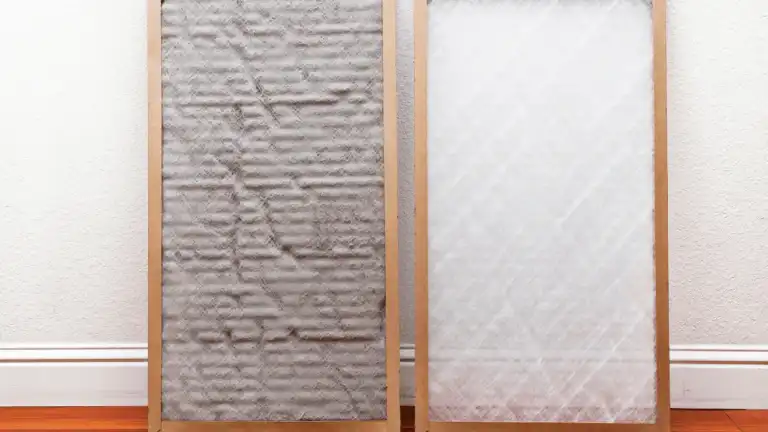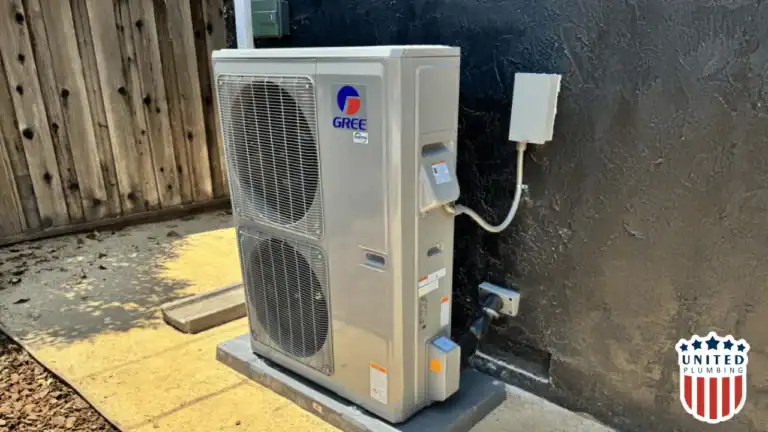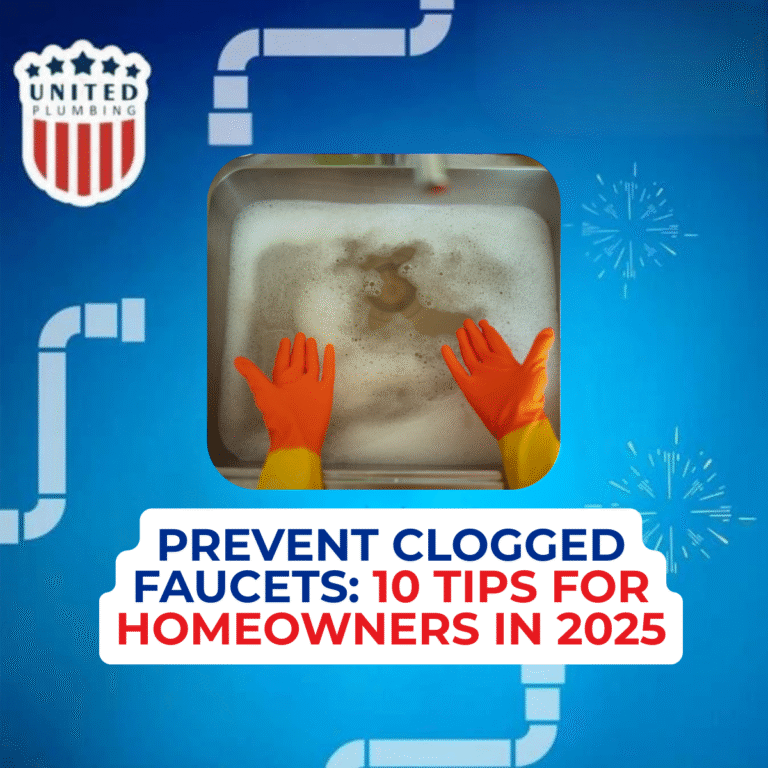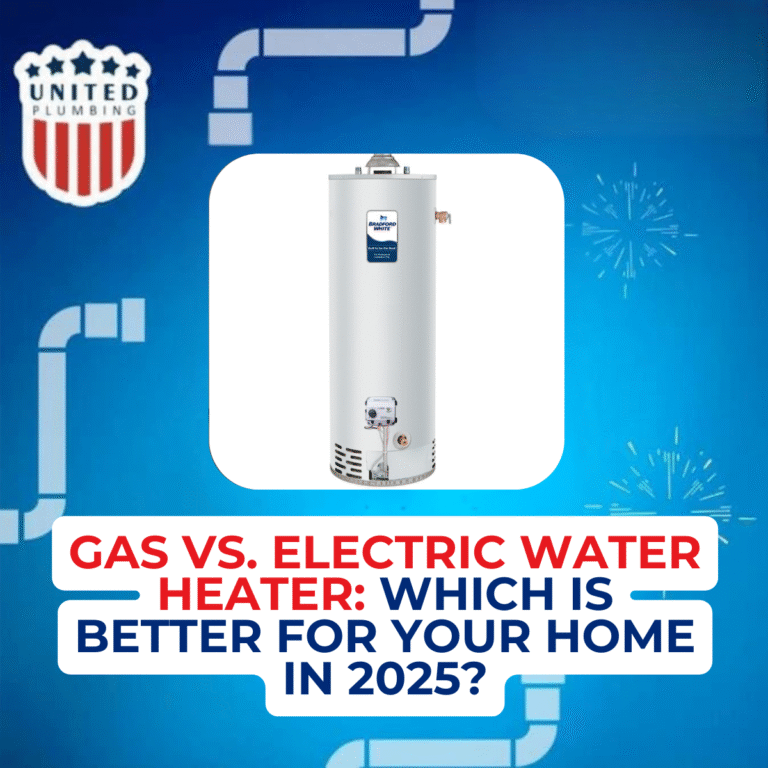FIVE-STAR TEAM WARRANTY &
SAME-DAY SERVICE
Furnace Not Turning On? 7 Things to Check Before Calling a Technician
When your furnace won’t turn on, it’s stressful. The house is getting colder, everyone’s complaining, and you’re wondering if this is going to turn into a big, expensive repair.
The good news? In many cases, the problem is something small that you can safely check yourself before you call a professional.
As HVAC techs, these are the same basic checks we walk homeowners through on the phone before scheduling a visit. Let’s go step by step.
Safety First: When You Should Not DIY
Before you touch anything, keep this in mind:
- If you smell gas (rotten egg smell) →
Turn the furnace off, don’t light anything, don’t flip switches, and leave the house. Call your gas company or emergency services. - If you see burn marks, melted wires, or heavy smoke →
Turn the system off and call a licensed HVAC technician or electrician. - If you’re unsure or uncomfortable →
It’s always okay to stop and call a pro. Your safety is worth more than guessing.
If none of that applies, you can move through these checks.

1. Check Your Thermostat Settings
It sounds too simple, but we see this all the time.
Go through this mini thermostat checklist:
- Is the thermostat set to “Heat” and not “Cool” or “Off”?
- Is the temperature set higher than the current room temperature?
- Is the fan set to “Auto” instead of “On” (so it only blows when the furnace is heating)?
- If it’s a battery thermostat, have the batteries been replaced recently?
- Is the screen blank or flickering? That can indicate low power or a wiring issue.
If you adjust the settings and hear the furnace click on after a minute or two, the thermostat was likely the issue. If nothing happens, keep going.
2. Make Sure the Furnace Has Power
Your furnace needs electricity even if it runs on gas.
Check these spots:
- Furnace switch:
Near the furnace, there’s usually a regular light switch that controls power to the unit.- Make sure it’s in the “On” position. (Sometimes it gets bumped off during cleaning or moving things around.)
- Breaker panel (electrical panel):
- Find the breaker labeled “Furnace,” “HVAC,” or “Heater.”
- If it’s in the middle or looks slightly off, turn it fully off, then back on.
- If the breaker trips again immediately, don’t keep resetting it. That suggests an electrical issue that needs a professional.
If the furnace still doesn’t respond, move on.

3. Look at Your Furnace Filter
A clogged air filter is one of the most common reasons a furnace stops working properly.
When the filter is completely packed with dust, hair, and debris, it restricts airflow. The furnace can overheat and shut itself down to protect the equipment. Sometimes it won’t start back up until the problem is fixed.
What to do:
- Find your furnace filter (usually in the return air grill or in the slot next to the furnace).
- Slide it out and check:
- Is it packed with dust?
- Is it bent or collapsed?
- If it’s dirty, replace it with a new filter of the correct size and airflow direction (follow the arrows on the filter frame).
After replacing the filter, give the furnace a few minutes and see if it cycles on again. Even if it doesn’t fix the problem entirely, this step is still important for the health of your system.
4. Verify the Gas Supply (for Gas Furnaces)
If you have a gas furnace, it needs consistent gas flow to ignite.
Check what you safely can:
- Look for the gas shutoff valve near the furnace or gas line. The handle should be parallel to the pipe for “on” and perpendicular for “off” (on most valves).
- If someone recently did work in the area (plumbing, HVAC, remodeling), the gas may have been turned off and forgotten.
Important:
If you ever smell gas, hear hissing, or suspect a leak, do not try to relight or “test” anything. Leave the home and call your gas company or emergency services right away.
5. Check the Pilot Light or Ignition System
Furnaces use one of two main ignition types:
- Standing pilot light (older furnaces)
- Electronic ignition (newer furnaces)
Older Furnaces: Standing Pilot
If you have a small “always burning” flame:
- Remove the panel and carefully look near the burner area.
- Is the pilot light on or out?
- If it’s out, there may be an issue with:
- Drafts blowing the flame out
- A dirty pilot orifice
- A failing thermocouple (the safety device that tells the furnace there’s a flame)
Many homeowners can relight a pilot following the printed instructions on the furnace label, but if the pilot keeps going out, that’s a sign you need a technician.
Newer Furnaces: Electronic Ignition
These use a hot surface igniter or spark igniter instead of a permanent flame.
Warning signs include:
- Furnace clicking on but not lighting
- Igniter glowing and then shutting off
- Multiple failed start attempts followed by the furnace locking out
These components are delicate. If you suspect an issue with the igniter, flame sensor, or control board, it’s best to have a professional handle the repair.
6. Listen for Error Codes or Unusual Noises
Most modern furnaces have a small LED light on the control board or a digital display behind an access panel.
What to look for:
- Is the light steady, off, or blinking in a pattern?
- Some furnaces flash codes (for example, 2 flashes, pause, 2 flashes) that correspond to error codes in the manual.
- You might also hear:
- Repeated clicking (failing ignition)
- A blower running constantly but no heat
- Loud banging or grinding (mechanical issues)
If you see blinking codes or hear strange noises, write down what you notice. This information is extremely helpful for a technician and usually points straight to the problem.

7. Check Vents, Registers, and the Furnace Door
A few “simple but easy to miss” things:
- Vents and registers:
- Make sure supply vents and return grilles inside the home are open and not blocked by furniture, rugs, or boxes.
- While this usually won’t stop a furnace from turning on, restricted airflow can cause overheating and shutdowns.
- Furnace access door:
- Many furnaces have a safety switch that shuts the unit off if the front panel/door isn’t seated correctly.
- If someone removed the door to “take a look,” it may not be pushed back on fully. Remove and reinstall it securely.
If all of the above looks good and the furnace still refuses to run, it’s time to bring in a professional.
When to Call a Furnace Repair Technician
You’ve checked the basics: thermostat, power, filter, gas valve, pilot/ignition, error codes, and vents. If your furnace still isn’t turning on or keeps shutting off there’s likely a deeper issue, such as:
- Faulty flame sensor
- Failing igniter or control board
- Blower motor or capacitor problems
- Limit switches or safety sensors tripping
- Wiring or electrical issues
At this point, trying to dig further without training can get unsafe and expensive. A licensed HVAC technician can:
- Diagnose the exact cause of the failure
- Test electrical components and gas pressures
- Verify safe operation and efficiency
- Help you decide whether a repair or replacement makes more sense if your system is older
If your furnace is older and you’ve had multiple breakdowns in a short period, it can also be a good time to discuss whether it makes sense to keep repairing or start planning for a replacement.
How to Prevent Future Furnace Breakdowns
Once your furnace is running again, the next step is making sure this doesn’t become a yearly emergency.
Here are a few habits that make a big difference:
- Change your furnace filter regularly
- Check it every month during heavy use and replace it whenever it looks dirty.
- Schedule annual HVAC maintenance
- A professional tune-up before the heating season can catch problems early, clean critical components, and keep the system running efficiently.
- Keep the area around the furnace clear
- Don’t store boxes, paint, or flammables right next to the unit.
- Pay attention to changes
- Unusual noises, smells, cold spots, or rising energy bills are early warning signs that something needs attention.
The goal is simple: fewer surprises, fewer no-heat days, and a furnace that lasts as long as possible.
Need Help With a Furnace That Still Won’t Turn On?
If you’ve gone through these steps and your furnace still won’t start or it starts then shuts off again don’t stress alone.
A qualified HVAC technician can quickly:
- Find the root cause
- Explain your options in plain language
- Get your heat safely back on
Use this guide as a first pass, not as a replacement for professional service. When in doubt, call in a pro staying warm and safe is the priority.
Post views: 15
Latest posts

Prevent Clogged Faucets: 10 Tips for Homeowners in 2025
Clogged faucets are one of the most common service calls we handle in California homes, and the good news is that...

Gas vs. Electric Water Heater: Which Is Better for Your Home in 2025?
Choosing between a gas vs electric water heater is one of the most important decisions a homeowner can make in 2025....


If you still have questions or need advice, please leave a request and we will contact you as soon as possible
Need a plumber and got no clue where to start?
(408) 539-6936Facing a plumbing issue? Get a FREE in-person estimate and quick solutions from our skilled technicians, ensuring your home runs smoothly again!
